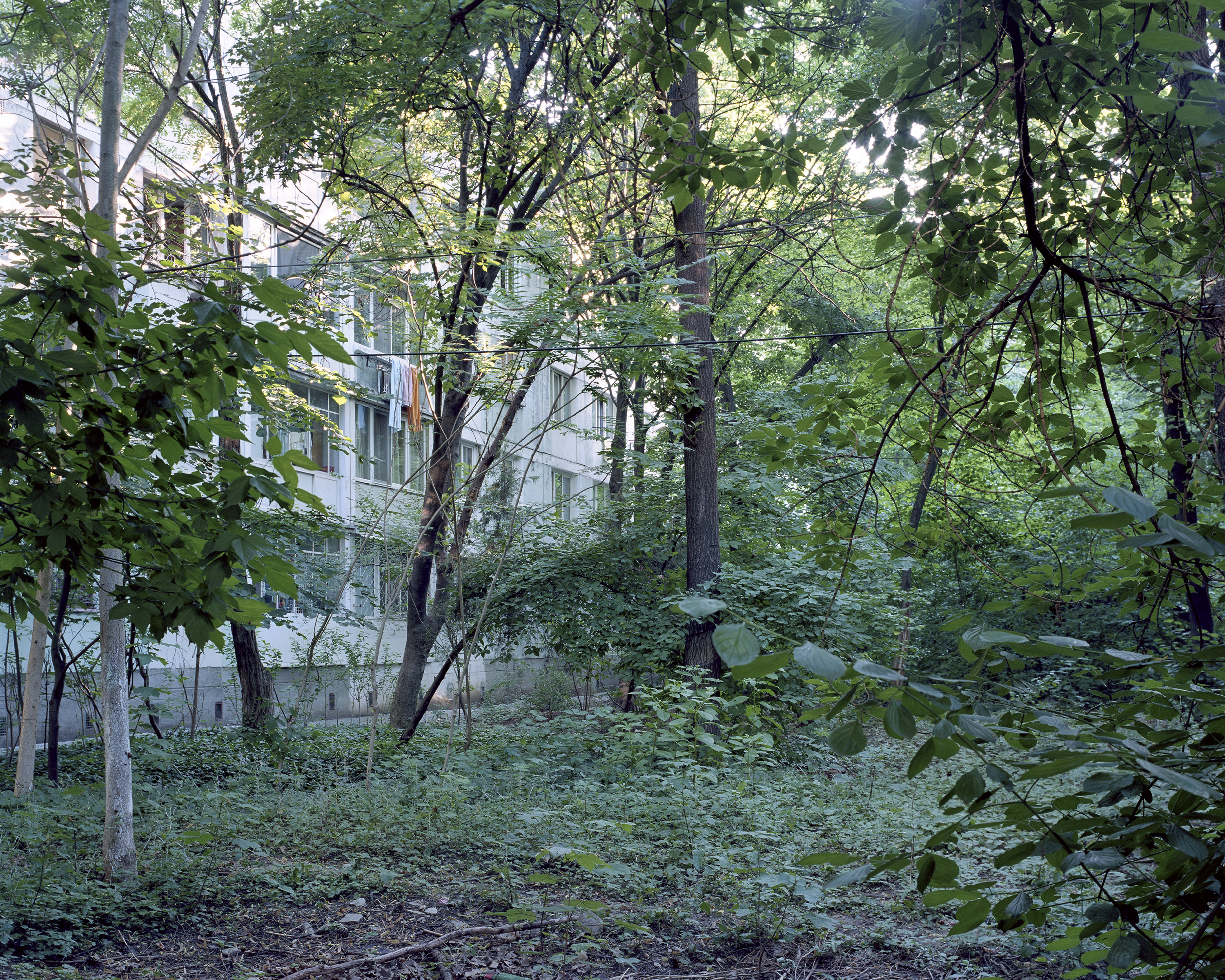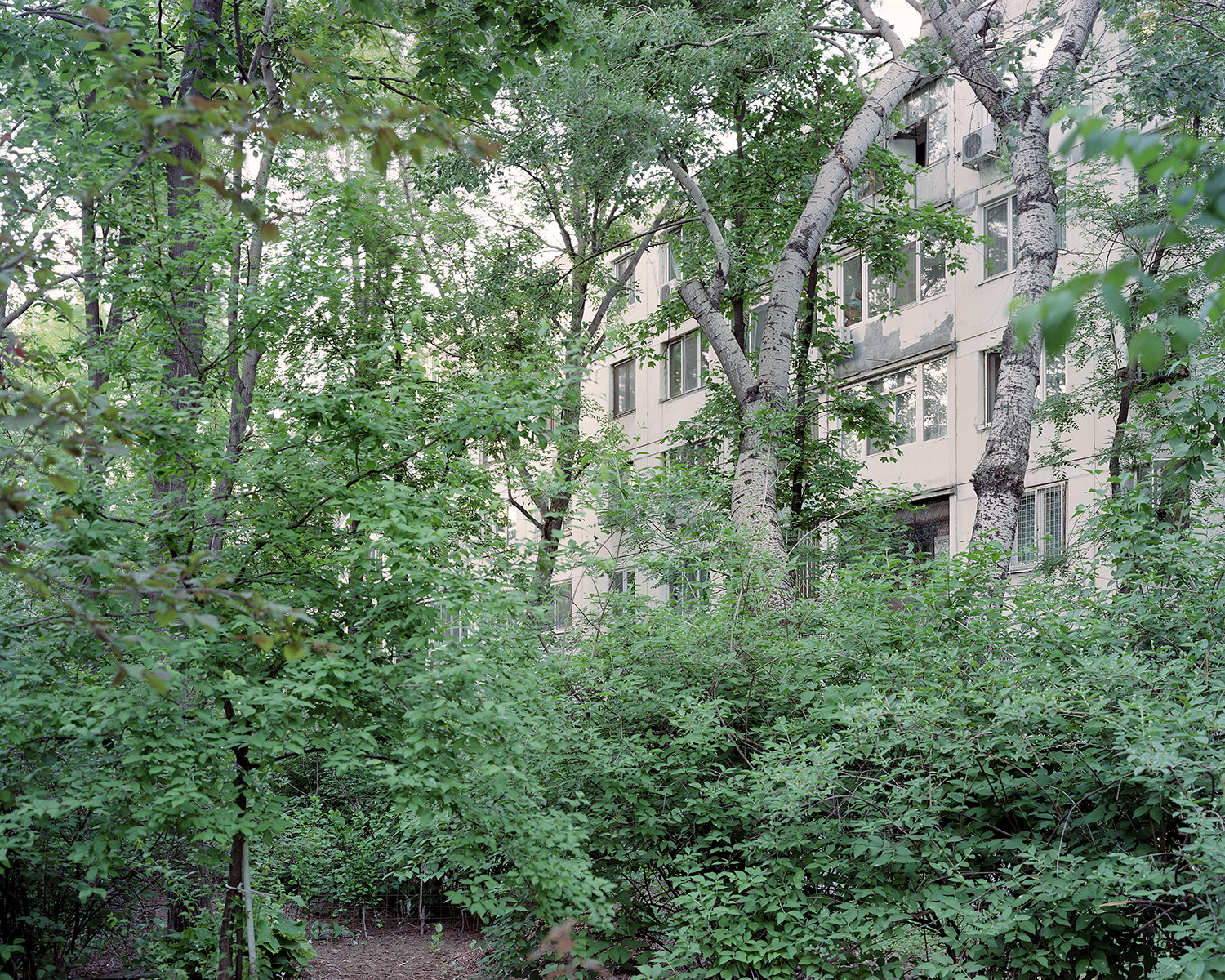
Sleeping Districts
![]()

Almost 30 years after the abolition of the Communist regime, Romania’s urban landscape is still largely dominated by typical communist housing developments. Originating from a Soviet housing model that gained rapid popularity in the East, these communist blocks of flats are still the most common type of dwelling found in urban areas, popular amongst people of all classes and ages. Under the promise of having all the facilities within an easily accessible radius, these areas were constructed so as to be completely and densely populated in the evening by people who would then commute during daytime to their workplaces in other parts of the city. Thus, ‘Sleeping Districts’ felt as the perfect title that would encapsulate the reality and day-to-day rhythm of these concrete ecosystems.





The facades of these aging blocks have now become outdated, their parking lots insufficient, their once neatly styled gardens have become home to rampant weeds, former cinemas have been left completely abandoned, and the local marketplaces are being replaced by foreign supermarket chains. Furthermore, within a short walk away from the buzzing Sleeping District a new large shopping mall has been erected, now replacing what once used to be a factory.Most of these flats were built following strict layouts with small, cramped rooms, thus imposing a certain living standard on their dwellers. Nonetheless, over the years many of these homes have suffered changes in order to accommodate different needs and desires, with every owner or lodger leaving their own personal imprint on the space.












Square phothographs featuring various interiors are the contribution of Cristiana Malcica.







Deriving from our personal experiences, 'Sleeping Districts’ aims to investigate and explore notions around the ideas of privacy and home. Whilst the project initially began as a collection of exterior photographs captured around these types of neighbourhoods, our interior imagery came as a natural visual extension and is meant to function almost as a taxonomic scheme. Photographing different - yet seemingly identical - neighbourhoods and homes, where the presence of the inhabitants is either implied or evident, reinforces the fact that one particular living situation typical of one Sleeping District is perfectly applicable to thousands of other people who inhabit strikingly similar environments.